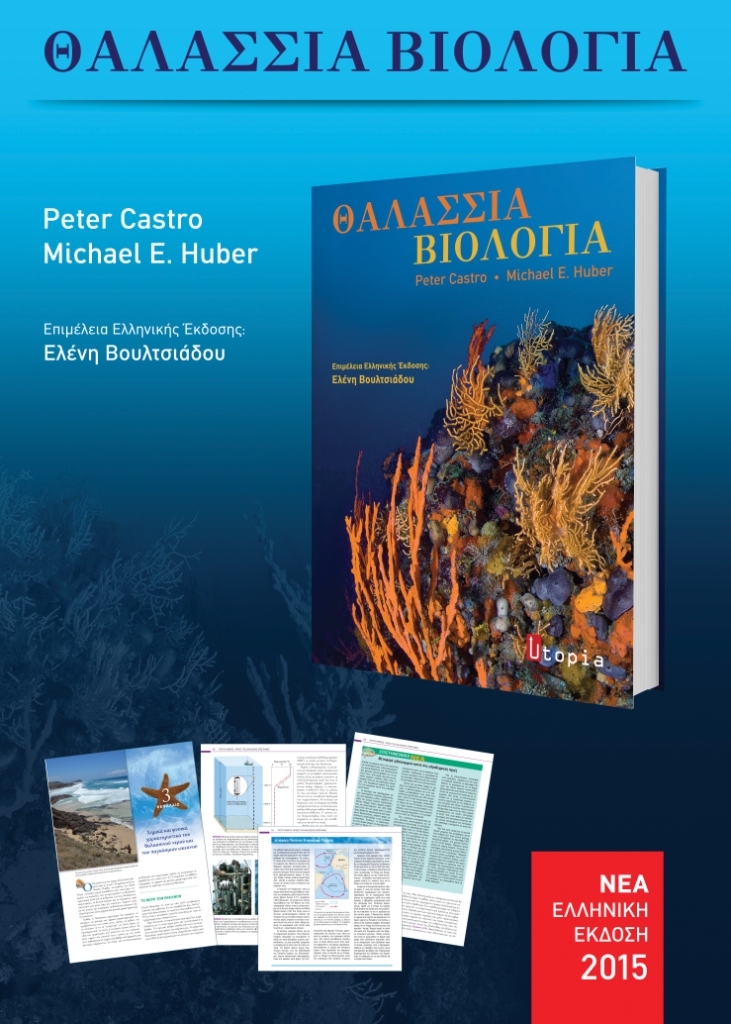'Handbook of Applied Fisheries Reproductive Biology for Stock Assessment and Management'
CHAPTER 4: Egg ProductionBy K. Ganias et al.
Published in OCTOBER 2014 from DIGITAL.CSIC
DOWNLOAD LINK
BRIEF DESCRIPTIONThe chapter deals with the estimation of female fecundity in fishes, mostly teleosts. The chapter is organized in three main blocks. The first block is devoted to technical issues of fish fecundity measurements from fixation, preservation and treatment of ovarian material to automatic oocyte counts. The use of certain staining protocols for the identification of follicular types in ovarian whole mounts and of inexpensive equipments in oocyte counting is also described. Because histology still constitutes the most unbiased method for identifying ovarian structures an array of stereological methods for estimating follicular intensity from assumption/model based methods (e.g. Weibel and oocyte packing density (OPD) method) to assumption/model free methods such as the physical disector or the fractionator principle is also provided. The second block is focused on methods used for the estimation of important variables such as batch fecundity (using hydrated oocytes and or previous developmental stages), daily fecundity and spawning fraction, S. Special emphasis is given to the estimation of S; the postovulatory follicle (POF) method is explicitly described together with its most common bias issues related to POF staging and ageing. In addition, methods that are based on imminent spawners, methods for stocks with high S values, and methods based on the assessment of spawning sites are also descibed. The third block incorporates knowledge acquired in the two other blocks to review what is needed to estimate the annual realized fecundity (the ultimate goal of fecundity studies) in determinate and indeterminate fish species. The autodiametric method for estimating potential annual fecundity, and the impacts of fecundity dowregualtion by atresia and of skipped-spawning in determinate spawners are also included. In short, this chapter will offer the reader an overview of all methodological aspects that need to be considered in fish fecundity investigations.








